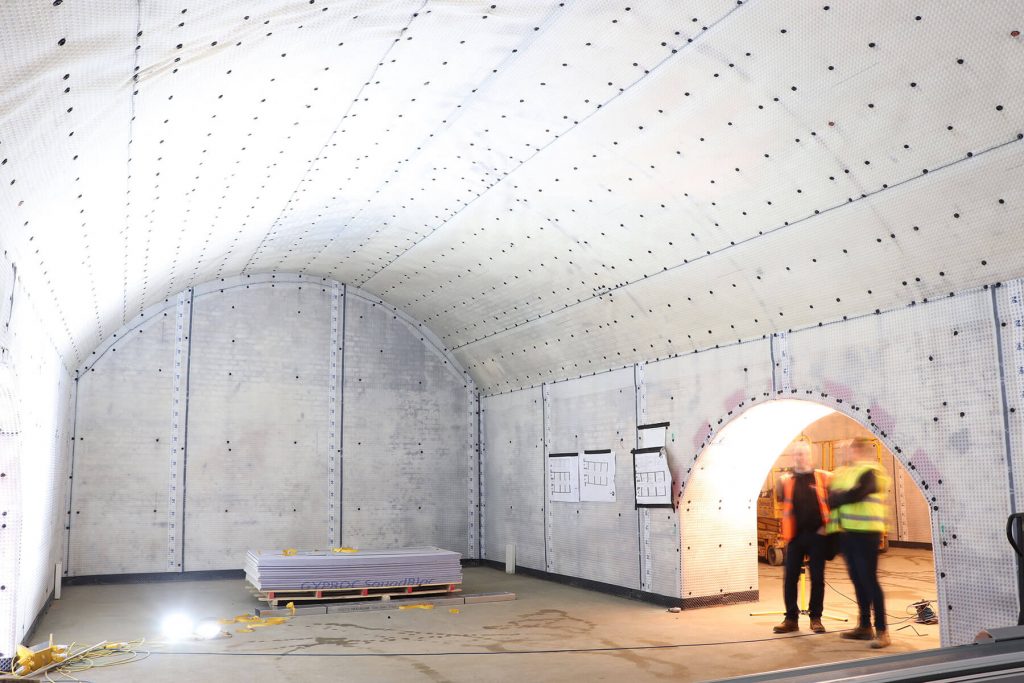01732 360 095
Basement conversions are a popular way to transform unused interior space. Whether in a residential dwelling or a commercial establishment, basements across the country are being renovated into habitable spaces. When converting a basement, it’s crucial to ensure it is properly waterproofed.
While Building Regulations Part C, Sections 2, 4, and 5, do not specifically cover the subject of basements or below-ground waterproofing, under the general topic of protection from moisture they do direct the user towards the British Standard 8102, albeit an older version of the current standard.
The British Standards BS 8102:2022, The Code of Practice for ‘Protection of Below Ground Structures Against Water Ingress’ is the principal document for the design of basement waterproofing. It is a code of practice that takes the form of recommendations and guidance, covering methods for dealing with and preventing water ingress into a structure below ground level. The code of practice is a useful document for waterproofing specialists, effective in providing design advice and detailing waterproofing methods to appropriately qualified and experienced people.
There are other reference documents available, but the British Standard is the one in which expert witnesses, in cases of litigation or dispute, are able to use effectively to understand, design, and ascertain how the failures have occurred. Although BS 8102:2022 is not law, it has been used successfully to break down a design in a court of law. It is commonly used as a reference point for waterproofing professionals working on cellar tanking projects.
Different Types of Waterproofing

Prior to conversion, there are several things to consider when assessing a basement. Firstly, you must understand the surrounding conditions. This involved assessing the likely highest level of the water table, the geology, and hydrogeology, including soil permeabilities, and other site-specific properties such as flood risk, radon, methane, and other ground gases and contaminants. The desired use of the basement and intended finishes will also determine the level of waterproofing required.
Assessing the basement space and surrounding conditions, assists you in making an informed decision on the best type of waterproofing for your project:
- Type A Waterproofing – Barrier Protection (Tanking)
- Type B Waterproofing – Integral Protection
- Type C Waterproofing – Cavity Drain Protection
Choosing the most appropriate type of waterproofing is a vital component for a successful basement conversion. For domestic habitable basements, it is essential that the living space is completely watertight.
The Importance of Building Regulations Part C
Building regulations, Part C, refers to site preparation and resistance to moisture. It is split into sections that deal specifically with various elements of the site.
Section C1 covers site preparation and resistance to contaminants. Contaminated soil is assessed for levels of noxious gas leakage, with gases such as methane and radon being meticulously checked for safety. During site preparation, any potential hazards should be identified and preparations made to minimise any negative effects. Existing foundations, vegetation, and contaminated soil must also be inspected, prior to any building work commencing. Suitable sub-soil drainage should be provided to protect against moisture penetrating the building interior with potentially harmful water-borne contaminants.
Section C2 involved the building’s resistance to moisture. It directly mentions creating a barrier against groundwater and the weather. A building’s resistance to moisture involves protection against both the property and its inhabitants from ground moisture, precipitation, condensation, and water spillages from fixed appliances and building services.
Changes to Building Regulations
The latest edition of the HM Government Building Regulations Part C, is from 2004, with amendments made in 2010 and 2013. The main changes made by the 2013 amendments are guidance on radon protective measures, contaminated land guidance, materials and workmanship, and references to the British Standards design standards. However, section part C still references the 1990 version of BS 8102, despite the newer versions being released, in both 2009 and 2022.
The Building Regulations Approved Document B; 2010- 2019 edition incorporating 2010 amendments Volumes 1: Dwellings and Volume 2: Buildings other than dwellings, also includes mention of basements.
In general, it states that the fire classification of construction products and building elements does not apply to insulation and waterproofing materials used below ground level.
As a whole, the waterproofing systems are either buried against wet earth behind RC walls or, where used internally, are sandwiched behind and under cement screeds, concrete block walls or fire dry lining or checked plasterboard as it is used above ground and is compliant with the regulations.
However, basement storeys containing habitable rooms should compartmentalise habitable areas, and storeys and use either an emergency escape window or external door providing escape from the basement or a protected stairway leading from the basement to a final exit.
The Building Regulations Approved Document H 2010-edition incorporating 2015 amendments ‘Drainage and Waste Disposal’ can also be relevant to basements with regards to drainage of foul and for dealing with rain and surface water drainage. But it is not necessarily relevant to the design of waterproofing systems because Part H deals specifically with wastewater, surface water, and rainwater, whereas a Type C waterproofing/drained protection system is managing groundwater that finds seepage through the structure, whereby it is collected and drained separately.
At Newton Waterproofing, we have a wide range of experience and technical experts, covering all types of basement waterproofing projects. If you’d like to find out more about any of our waterproofing products or services, get in touch today. You can call us on 01732 360 095 or contact us online.
Customer Success Stories
Our latest customer reviews from Feefo - the award winning review platform

Speak to our friendly, expert team
Our staff are able to provide guidance for projects of all sizes, whether you require some general advice about damp or waterproofing, or support with technical drawings and specifications.

















